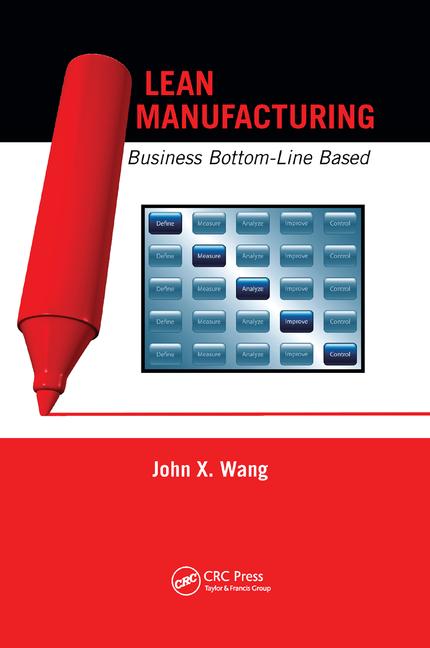The plan is to print a complete and fully assembled device, instead of creating a case and then laboriously filling it with electronic circuit boards and other components. The trick is to print layer upon layer of conducting and semiconducting polymers in such a way that the circuitry the device requires is built up as part of the bodywork.
Three-dimensional printers are already valuable tools for making prototypes of newly designed products. They deposit layers made from droplets of smart polymers, which gradually build up into 3D shapes. Such printing techniques are sophisticated enough to print working prototypes with mechanical parts that move as they would in the final product. The Berkeley researchers allow the electronics to be included in the printed device, rather than being added later at greater cost.
The Berkeley team has worked out how to print transistors, capacitors, inductive coils and other semiconductor components. "These can be connected to form complete circuits for actuation and control," says team leader John Canny. Once they have developed ink-jet cartridges that can handle the polymers needed for the case and circuit printing, Canny predicts they could make a TV remote control. Printed as a single continuous device, it would contain the buttons, a polymer-based infrared emitter and polymer-based electronics; everything except the batteries. Transparent polymers and plastic light emitters could be used to print light bulbs.
Electroactive polymers generate voltages across them when compressed or, conversely, deform plastically when a voltage is applied to them. This property allows printing buttons that create voltages when pressed, or artificial muscles that flex when a voltage is applied. The latter could power a robot.
Canny says this merger of flexible materials with electronics has been dubbed "flexonics." He claims it could do away with the conventional printed circuit board. The ability to embed electronics within the device has the potential to revolutionize product design; rather than a case housing the circuitry, the case is the circuitry.



